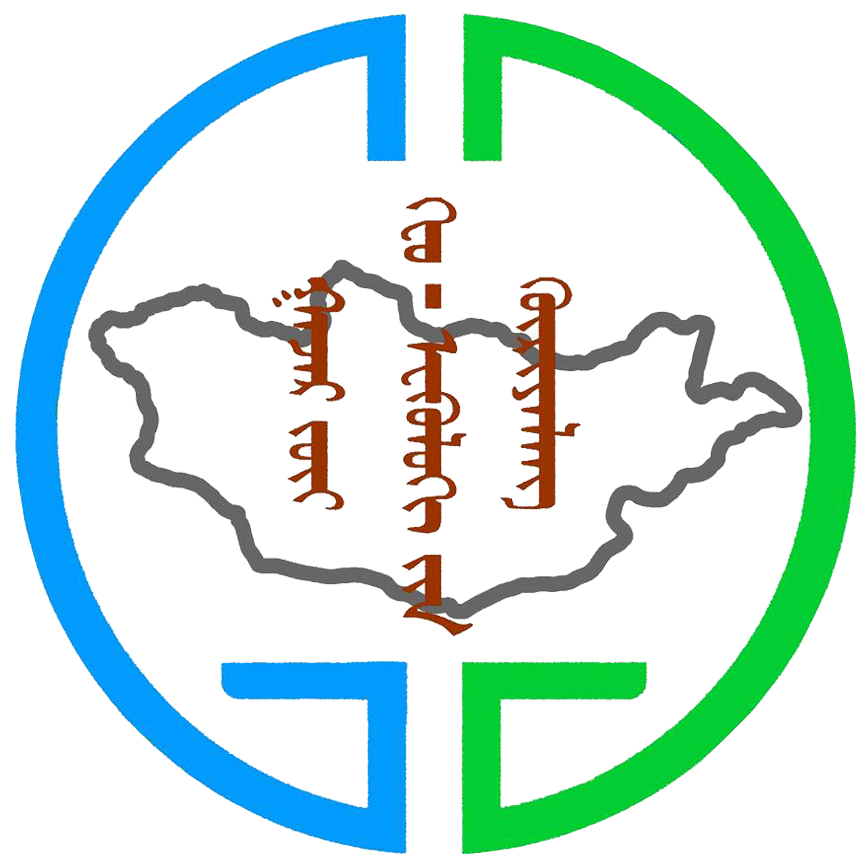This study reviews the late Holocene peatlands in Terelj River and Tuul River drainage basins in the Khentii (Khentii has been misspelled as Khentey (or Hentey) and Khentei (or Hentei) in many publications. The Khentii is the right English translation from Mongolian Хэнтий) Mountain Range of northeastern Mongolia. The peatlands were examined through their physical and chemical properties, diatom assemblages, and radiocarbon dating. In the Terelj River basin,
the high contents of organic matter and biogenic silica and the dominant benthic diatom assemblages such as Eunotia praerupta, Pinnularia borealis, and Navicula mutica in the peat deposits indicate the warm and humid climates in the late Holocene. The high accretion rate of 0.97 mm/yr in the peatland records the intensive erosion in the surrounding landscape and deposition in the peatland due to increased precipitation and runoff in the humid climate since 0.5 cal. ka BP. In the Tuul River basin, the high content of mineral fractions and diatom assemblages dominated by benthic species Cymbella proxima, Encyonema silesiacum, and planktonic species Cyclotella ocellata in the peat deposits show a transition from humid to arid climates at 0.9 cal. ka BP. The accretion rate of 0.56 mm/yr in the peatland on the paleo-floodplain indicates strengthened erosion in the peatland over the past ~1,000 years. This study in the southern Khentii Mountain Range provides new descriptive insights to extend the underestimated Mongolia’s peat studies, and it would be a useful proof-of-concept study for future detailed paleo-environmental analyses.
